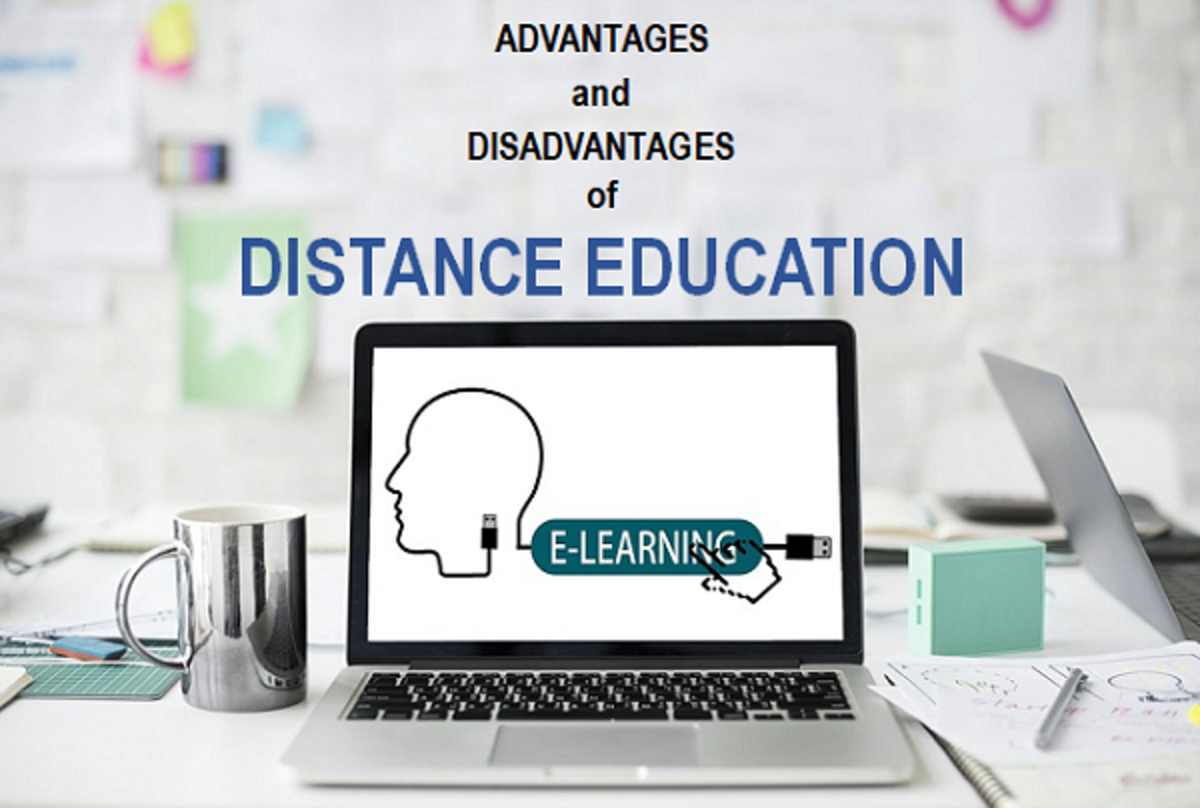Online Learning Education
Educators Creating Detailed Programs
Learning in an online environment presents many challenges not only for the teacher but for students as well. There are various areas that need to be addressed in order to develop the right online material that results in optimal learning for those taking the course. Significantly, the main issue that need to be addressed is creating a course that promotes collaborative learning. This includes having activities that facilitates increased participation and communication between all participants of the course as well as with the teacher. In my experience, communication is vital in teaching and learning in the online and on-campus environment. This is especially evident not only with better performance of the students but more importantly timely feedback from students and teachers are efficiently addressed. Below is a formulated design plan in order to address this key issue.
An overall plan must be first constructed in order to ensure key areas of the learning process are addressed. First, a strategic analysis will be conducted that is guided by the goals and vision of the entire program. After which subsequent phases of development will commence. Under strategic analysis is conducting a learner’s analysis which is achieved by identifying the needs and styles of the target students. This can be cultural in nature that can be used at the teacher’s advantage by being able to create a course that is both adaptive and flexible. It will also help identify those who are fast or slow paced learners.
Importance Of A Performance Analysis
- Second, a performance and measurement analysis must be completed. This includes having benchmarks for learners and the teacher’s performance skills as well. It is vital to be able to identify which teaching strategies are effective in increasing communication and collaborative learning even in an online and on-campus environment.
- Third, a training analysis will help educators implement new online learning programs through on and offline solutions.
- Fourth, content analysis must be through which includes the usability and sharing capability of the course to facilitate better communication among students and teachers.
- Fifth, a usability analysis is imperative in curriculum management especially as this leads to being able to identify the usability of learning solutions.
- Sixth, technology analysis is crucial as this allows a course to have the latest computer tools to provide easy and available solutions that quickly meets the learner’s needs.
The six types of analysis mentioned above must be completed in order for the results to complement the second phase of the overall project management plan which is design and development. This is applicable for instance with the total web architecture and navigational capability of the course. Furthermore, it helps in continuing the efficient delivery and use of technology along with its easy implementation. Significantly, evaluation measures must always be in place in order to assess the progress of each course as this would benefit the next set of students to study the program. Communication and collaborative learning are both key concerns in education especially in this type of case. Significantly, the proposed design plan should be as specific as possible especially in the first two years of the course. The main outline of the design plan is that it should be continuously evolving with the use of incremental improvement cycles for example on a quarterly basis. Courses should be quick to identify gaps and make subsequent changes for its enhancement. This can be achieved by having additional personnel other than the instructor in order to be able conduct a comprehensive analysis.


Program Academic Analysis
Under strategic analysis, the goal of a academic program is to increase collaboration and communication. The learner’s analysis can be conducted by collecting student profiles which includes their learning styles and preferences. A survey can be administered to the target audience prior to the launch of the program in order to determine any specific needs or styles. Subsequently, students will be segregated according to ability and learning capacity. This will allow a more focused approach in creating a tailor fit curriculum. For the performance and measurement analysis, previous secondary research from journals and educational books will be utilized in order to build benchmarks in the program. Subsequent changes can be made as the number of courses completed by students has grown but initially this will serve as a basis. Research on teaching strategies will be also used especially on studies that are known to have improved collaborative learning and increased communication. Under the usability analysis and curriculum management, different levels of courses will be created to meet slow, medium and fast paced learners. Technology analysis will be achieved after a thorough research of available technology. It is imperative for the design plan to be a secure integration of best known practices, performance management, instructor skills and technological tools.
It is proposed that the total web architecture and navigational capability be as simple as possible. A chat facility should be installed for quick communication between all members. It is also recommended to include a group page where queries and answers can be reviewed by participants at another time. It is also planned to include team assignments that would enhance collaboration amongst the students. The planned assignment can be the final project submitted that is necessary to pass the course. More importantly, to address the issue of timely feedback it is crucial to create a reminder tool that lists all the necessary information the student’s need for example due date of projects and contact information of teacher. It is also important to note that since the course is also on-campus, a face to face meeting with instructors and participants will be arranged at the start of the program. Learning online should be able to optimize knowledge enhancement but more importantly should pave the way for better communication and collaboration.

E-Learning Is It Cheaper Online?
Students who attended universities and/or colleges on a full time basic received more assistance than students who were attending on a part time basics. Today this practice is still the norm for financial assistance among full time students versus part time students. Guaranteed student loans began a new ear in student leading in 1965. Universities and/or colleges by the 1980’s were deemed as a business for profit. By the end of the 1980’s $100 billion dollars had been loaned out to students. The Pell Grants were the typical aid for low-income families to pay for tuition. During the end of the 1970’s grants made up 80% of federal aid in 1976. The second kind of funding for low-income families were the SEOG grants, and/or state funded grants such as the MAP grant in Illinois. During the 1980’s some low income families were not aware or informed of how to apply for Pell Grants or even knew of such resources. In particular our family had no knowledge of such opportunities until years later after graduating from high school. Pell Grants originated in 1972 when the Basic Education Opportunity Grant program was created.
E-Learning Resources
- Online Education: How Valuable Is an Accredited Onli...
Theres a lot of discussion about whether an online degree, especially one from University of Phoenix is worth pursuing. Everyone, employer or future student considering online education, has to decide for...
Among low income families this does contribute to adults who do return to college to obtain their degree. Other adults who return to college must do so under the guidelines of their employer, some promotions are only obtainable if the employee has a college education. Other employers have revamped their requirements for certain positions to include the employee must have a B.A. in order to retain their position. For example; an individual who workers for Allstate Insurance currently have returned to college to earn her Bachelor’s degree due to the company requiring her to do so. During the shaping of American higher education one notable point was in 1978 when the needs testing were removed. By removing the needs requirement it broaden the scope of lending too many more students. In reading the history of the shaping of American higher education it is interesting to know the history of institutions of higher learning in all facets. Reading and understanding the highs and lows of institutional financial history cast a new light of predictability of institution financial state for future years.
What Is The Cost Online?
University
| Cost Per Credit Hour
| Program
|
|---|---|---|
University of Phoenix
| $515(est)
| Graduate
|
American Intercontinental University
| $520(est)
| Graduate
|
DeVry University
| $580(est)
| MBA
|
Westwood College
| $506(est)
| MBA
|
Ashford University
| $486(est)
| Grad.
|
Capella University
| $480(est)
| PhD
|
Kaplan University
| $441(est)
| MBA Program
|
University of Phoenix ranks #1
| ||
for all online programs
|
Cost projections for 2009 - 2010 academic year








